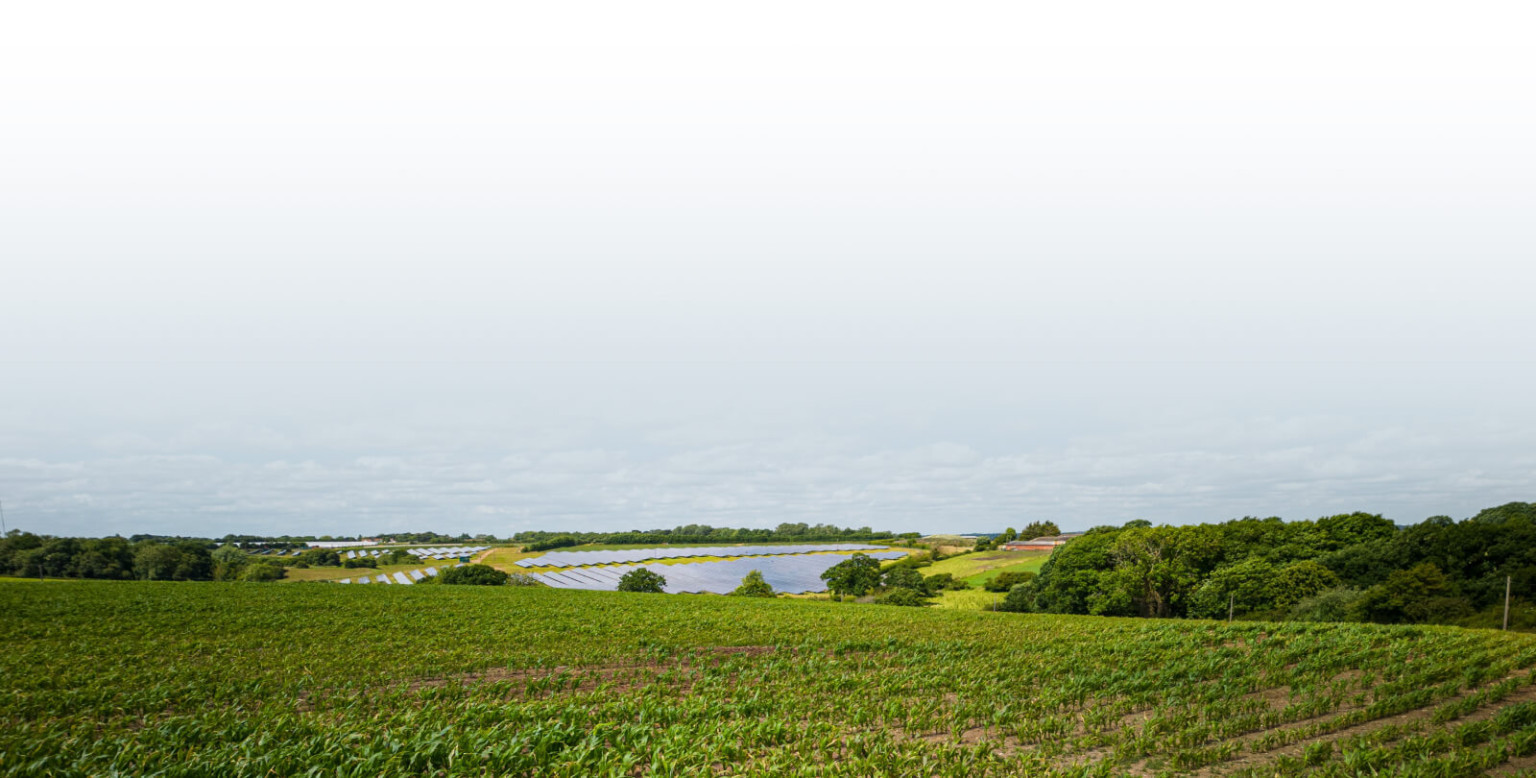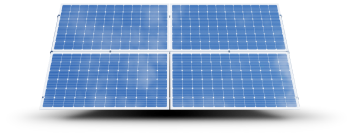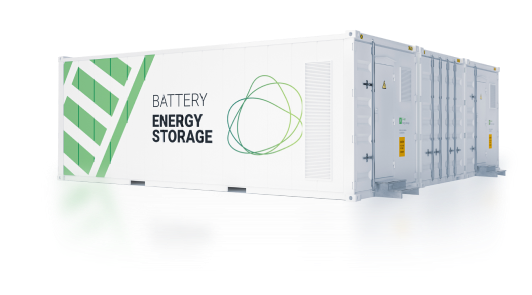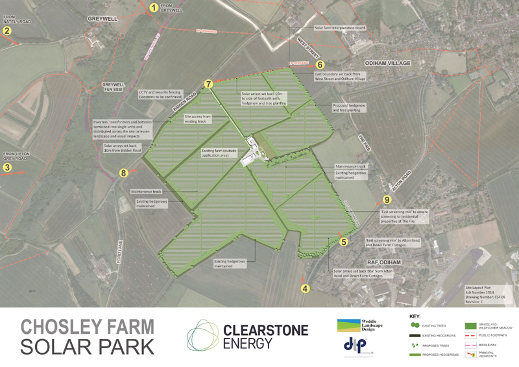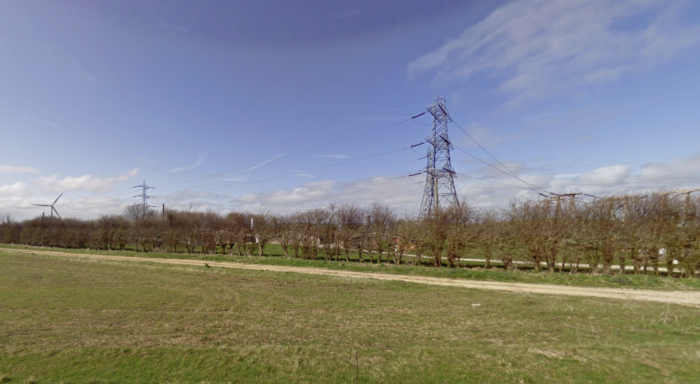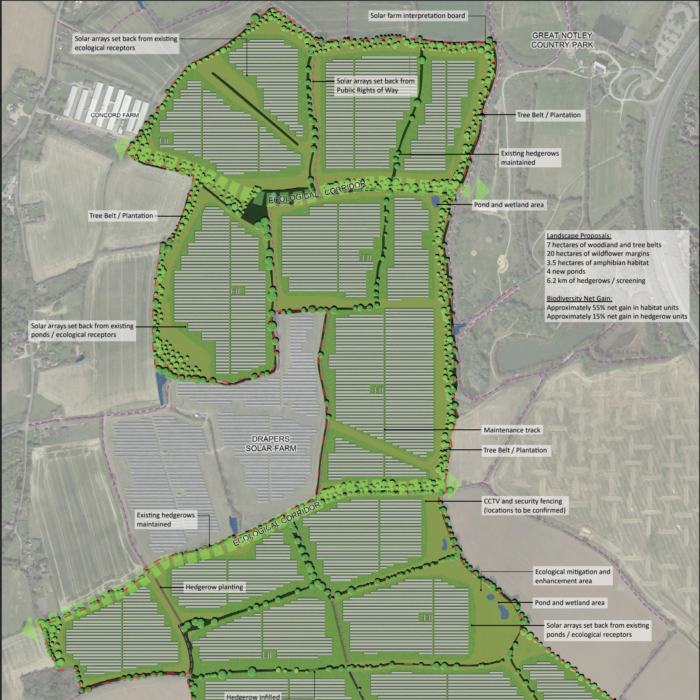Reliable, index-linked rental income on your property
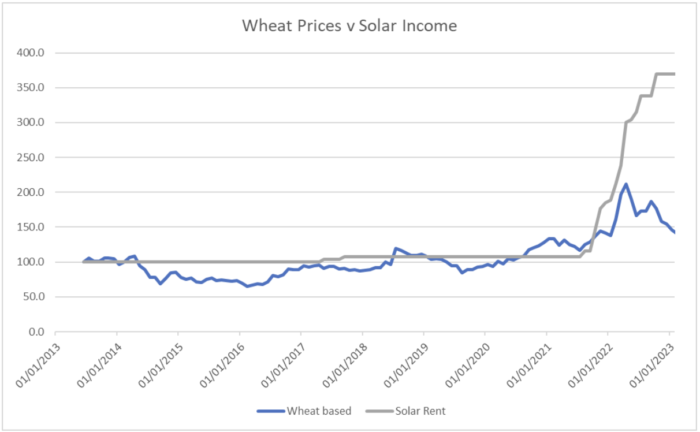
Unlike traditional farming, renewable energy leasing provides a long-term source of index-linked income and is not susceptible to seasonal risks.
This provides landowners with an opportunity to diversify income streams across the farm, using renewable energy leasing to form a back-bone to the businesses annual income. Secure, index-linked rental income is also a preferred revenue stream for banks and lenders so can be used to secure further financing for the business.
The graph on the left shows a baseline index linked solar farm lease against the wheat prices over the last 10 years.
“The shift towards renewable energy is a good thing for the Country and I’m proud that Home Farm can play a role in that project. At the same time, it’s enabled me to diversify my business and secure a reliable, new revenue stream that will provide some certainty with the ups and downs in the farming industry and enable me to invest in the business. Clearstone Energy has been a good partner. They took the time to understand my business and my relationship with the local community. We worked collaboratively on the project design and they’re really on top of the details which has meant that I’ve always felt in control of the project. I’m close to the local community so public communications around the project were important to me. I felt that the team represented me and the project well and we’re looking forward to going into construction.”
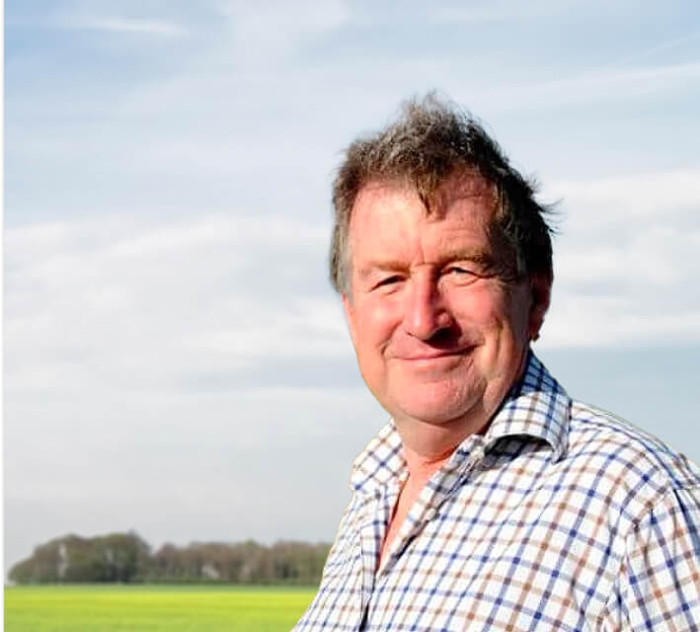
John Littlefair of Home Farm in Hart, Hartlepool is working with Clearstone Energy on a Battery Energy Storage project, the project was granted planning permission in 2022 and is awaiting construction
Our land requirements
- Minimum 5 acres for battery storage projects
- Minimum 200 acres for solar farm projects
- Generally flat or gently rolling land
- Brownfield or low grade agricultural land
- Well screened and separated from nearby residential properties
- Close proximity to Electricity Grid infrastructure (we will review this)
- Outside of National Parks, AONBs and SSSIs
- Not located in a flood plain
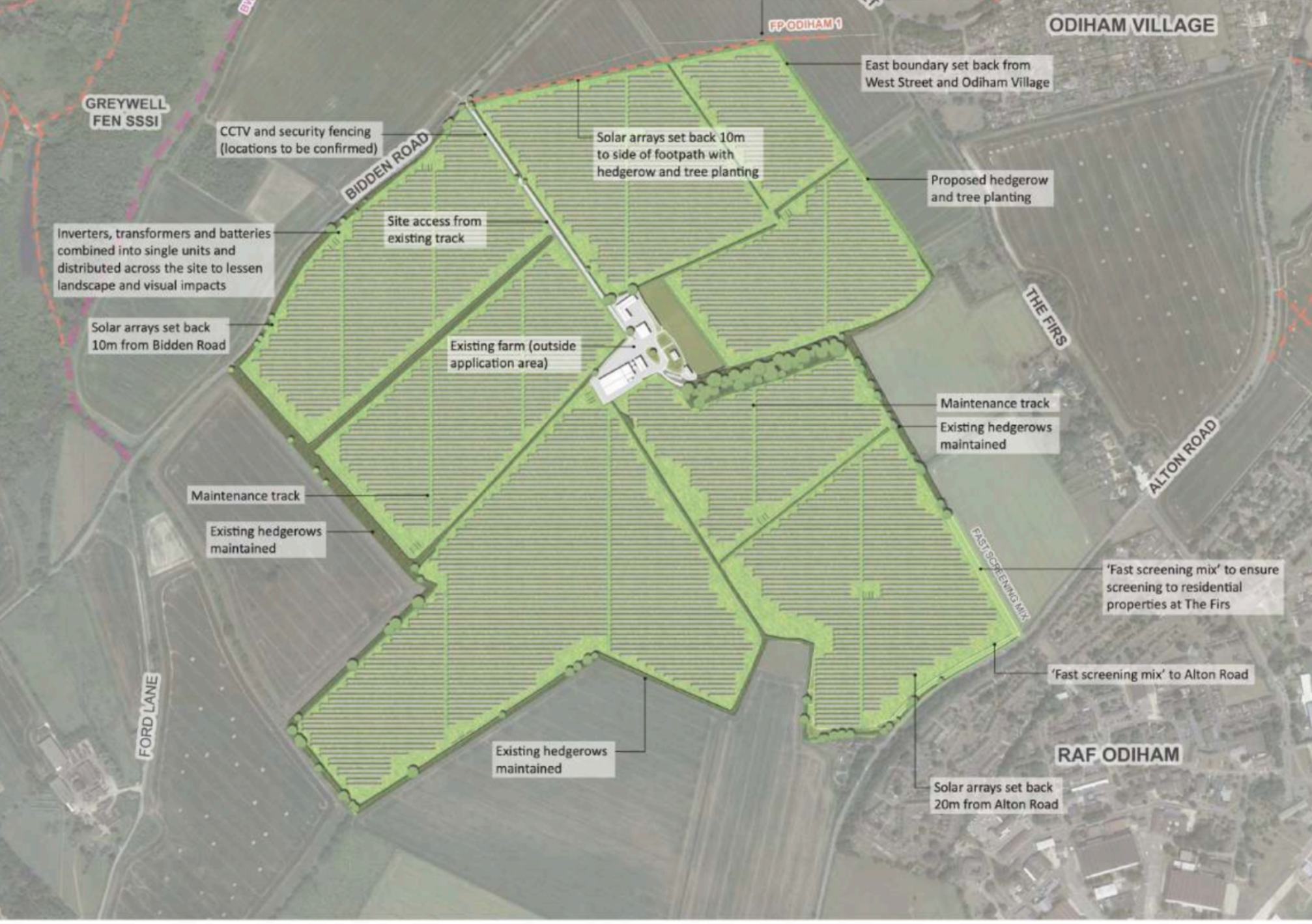
Success Stories
Want to discuss a project? Talk to us.

Digby manages a portfolio of solar and battery energy storage projects that are setting new standards for biodiversity net gain in the UK. He brings together technical, planning and environmental expertise to deliver his projects and lends his environmental expertise to all of our projects.

Sam brings technical experience to the Clearstone Energy development team, ensuring that we maximise the energy output from each of our projects while managing a pipeline of innovative new projects that push technical boundaries forward.
Frequently Asked Questions
With no moving parts, solar panels and batteries are almost silent, any noise comes from the cooling fans for the inverters, which convert between direct and alternating current, and from the magnetic hum of transformers, which step current up for the higher voltage transmission grid.
On a solar park, these units will be sited away from the site boundaries so distance renders them inaudible to local residents and passers by. Battery energy storage sites are likely to be located in noisier areas or employ a noise reducing fence to bring noise down to ambient noise levels. A key part of the design of any project is an acoustic survey which models sound levels at various public spaces around the site so potential issues can be identified and mitigated.
With no moving parts or liquids, solar farms are considered an incredibly reliable and safe technology. In fact, once operational, maintenance is largely restricted to cleaning panels and mowing the grass in front of panels if the site isn’t grazed by sheep.
There have been some well documented fire safety issues with Lithium batteries, it’s why many airlines don’t allow personal power banks in checked luggage on planes. Over the last five years battery developers and fire safety organisations have worked together to create strict safety standards for the safe operation of battery energy storage projects. Each battery container is designed with several layers of monitoring and fire prevention systems to ensure safe operation across the project lifetime. Individual battery cells are continuously monitored and automatically shut down if any problems are detected, for manual inspection.
The battery energy storage systems that Clearstone selects for projects not only have to meet design standards set by safety organisations including the National Fire Protection Association but also undergo hundreds of hours of rigorous testing to ensure that safety systems work as they are designed to.
Solar farms are quick to build and construction typically takes 6 months. Barring the first 4 – 6 weeks when the metal mounting frames are driven into the ground there is very little construction and noise on site. Most of the work is to mount the panels onto the frames and connect them together.
For a battery energy storage project, most of the components are prefabricated offsite rather than assembled in situ. On site construction is restricted to the laying of shallow concrete pads for the battery containers to sit on and the craning of prefabricated units into position ready for cabling and connection works. Project construction typically takes 12-15 months.
The solar panels and lithium-Ion batteries used in the projects are not reliant on scarce raw materials. There are also established recyling processes for recovering the most common elements used – steel, copper, silicon, glass, cobalt, nickel, lithium and manganese – for re-use.
Clearstone energy we will always seek to minimise the use of concrete on projects. Concrete pads will only be used for solar panels in areas where there is evidence of buried archeology and to support the heavier battery containers.
It is important to Clearstone Energy that our projects serve a local purpose and make a positive contribution to the local community in a way which delivers real benefits now for local people. Clearstone Energy offers £50,000 of local community funding each year for each new project. With a typical operational lifespan of forty years this amounts to £2 million pounds of funding injected into the local economy, with the annual payment being index linked so that it increases with inflation.
Our community offer is envisaged to support three types of schemes, with funding allocated in consultation with local residents, District and Parish Councils as part of the public consultation process. The funding amount is capped at £50,000 per year.
- Electricity subsidy – We believe that those that live closest to any of our proposed renewable energy projects should share in its economic benefits. The offer includes an annual subsidy for existing households closest and most affected by the project via a fixed financial contribution towards their electricity bill for the lifetime of the project.
- Energy saving support for low income households – Across the UK many households are struggling to pay for the energy they need for light, heat and cooking. Often referred to as fuel poverty, this affects around 6 million people in the UK in some way. For many of these households the energy cost savings offered by LED lighting, improved insulation, higher efficiency heating systems and solar panels are not affordable. The offer includes an annual financial contribution to support households in fuel poverty in the local community to reduce their energy consumption and, therefore, energy bills. Household support will be delivered by a local partner, for example a community energy company or Fuel Bank charity, who is already active in the local area.
- Support for community projects – The offer includes the establishment of a charitable fund to provide financial support to community organisations and individuals running local community projects. Examples of projects this fund could support include promoting access to community activities or services, skills and employment opportunities for local people, sport and recreation, improved health and wellbeing, community energy projects or maintenance of community buildings. The offered charitable fund would be administered by a local Community Foundation who will manage applications for funding.
We’d like nothing more than to sell you low cost, green electricity from one of our solar farms but Government rules mean that energy generators can’t at the moment sell directly to households. Energy suppliers like Ovo Energy, Octopus Energy and Good Energy offer renewable electricity tariffs to customers.
A flood risk assessment is an important part of the design process for every project, where there is any evidence that a project might increase rainwater run off and the risk of flooding then the site will be designed with natural drainage systems that work to slow down, store and gradually release rainwater into local watercourses.
